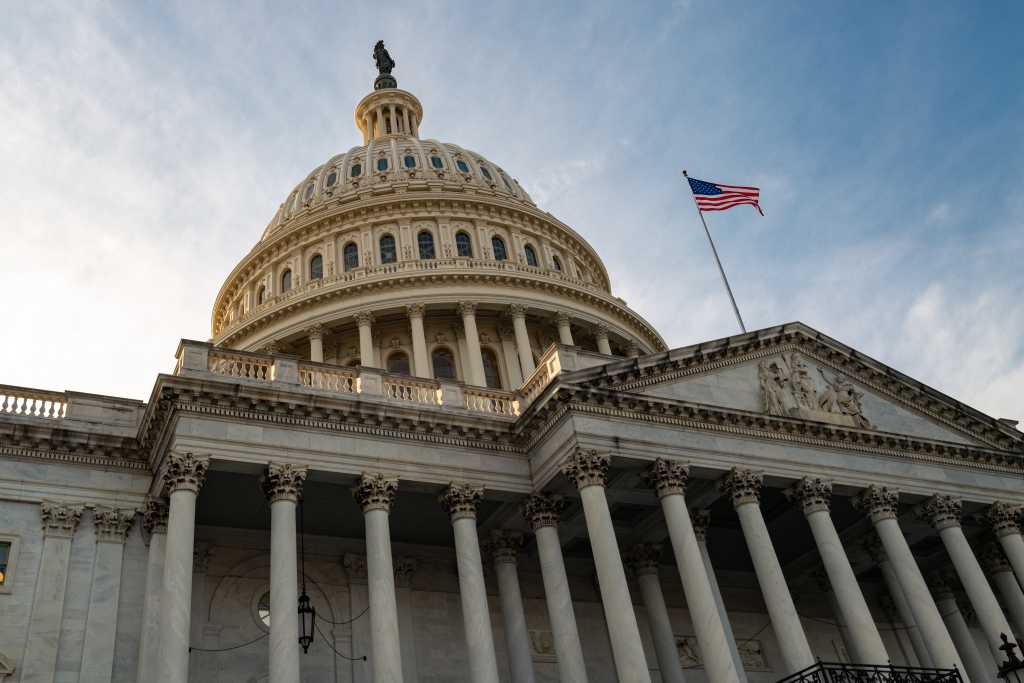
The implications are clear: without dramatic improvements to the US energy infrastructure, the nation’s AI ambitions could be significantly constrained by simple physical limitations – the inability to power the massive computing clusters necessary for advanced AI development and deployment.
Streamlining permitting processes
The tech executives have offered specific recommendations to address these challenges, with several focusing on the need to dramatically accelerate permitting processes for both energy generation and the transmission infrastructure needed to deliver that power to AI facilities, the report added.
Intrator specifically called for efforts “to streamline the permitting process to enable the addition of new sources of generation and the transmission infrastructure to deliver it,” noting that current regulatory frameworks were not designed with the urgent timelines of the AI race in mind.
This acceleration would help technology companies build and power the massive data centers needed for AI training and inference, which require enormous amounts of electricity delivered reliably and consistently.
Beyond the cloud: bringing AI to everyday devices
While much of the testimony focused on large-scale infrastructure needs, AMD CEO Lisa Su emphasized that true AI leadership requires “rapidly building data centers at scale and powering them with reliable, affordable, and clean energy sources.”
Su also highlighted the importance of democratizing access to AI technologies: “Moving faster also means moving AI beyond the cloud. To ensure every American benefits, AI must be built into the devices we use every day and made as accessible and dependable as electricity.”




















